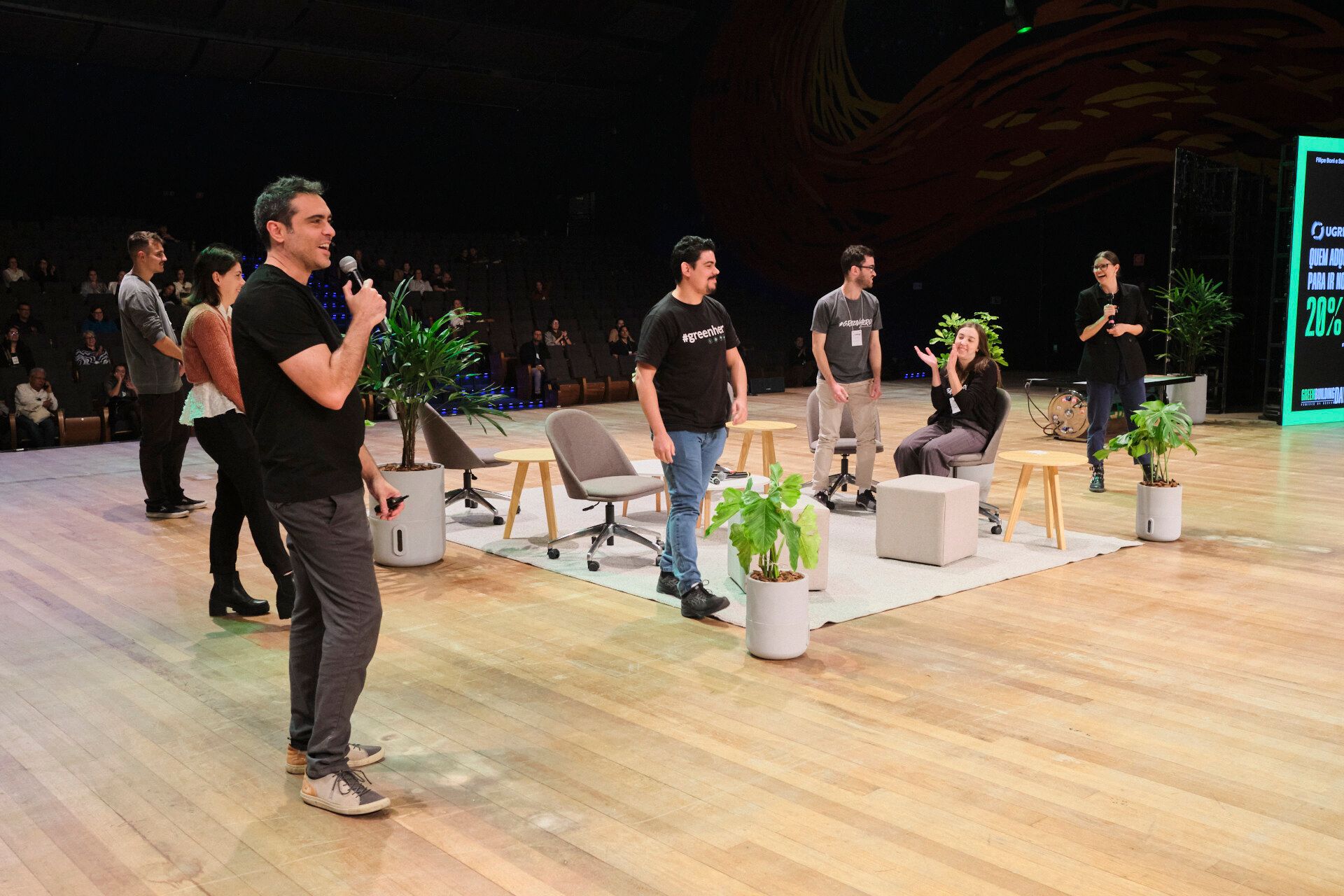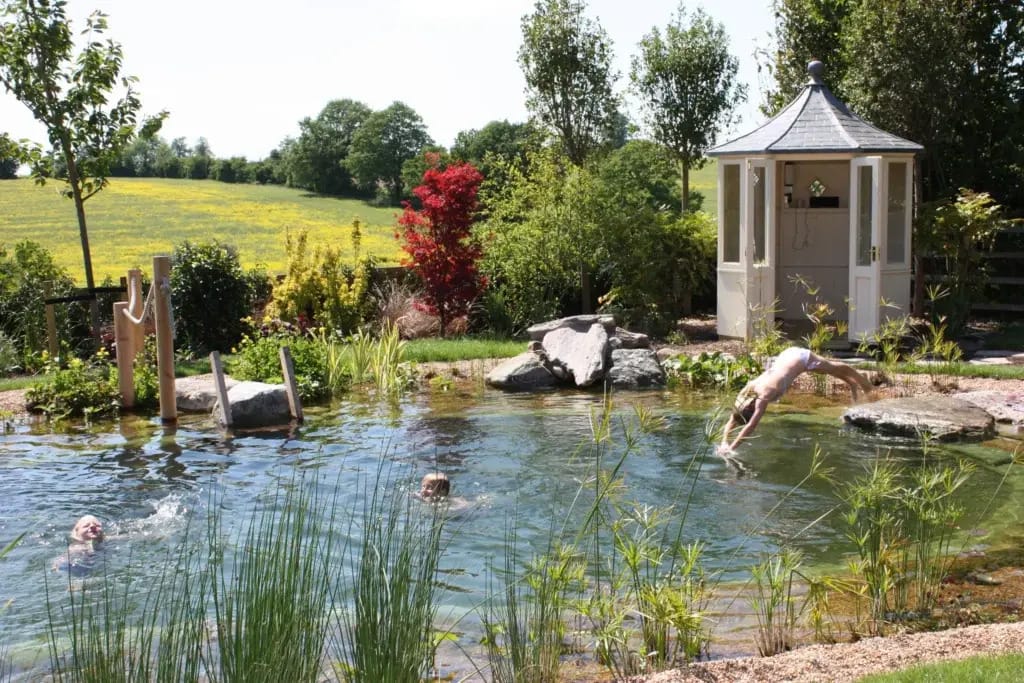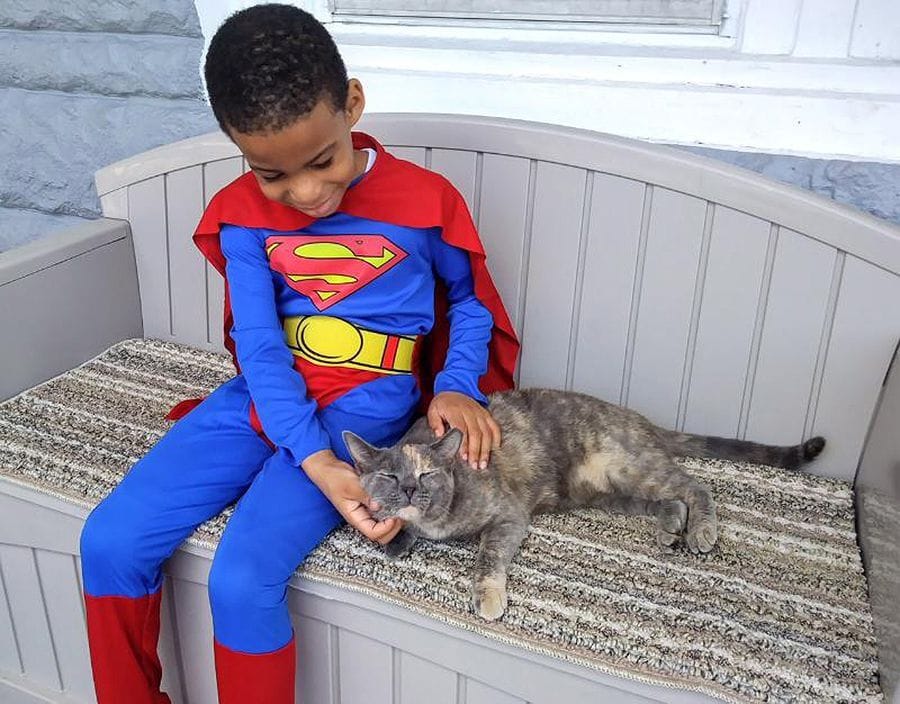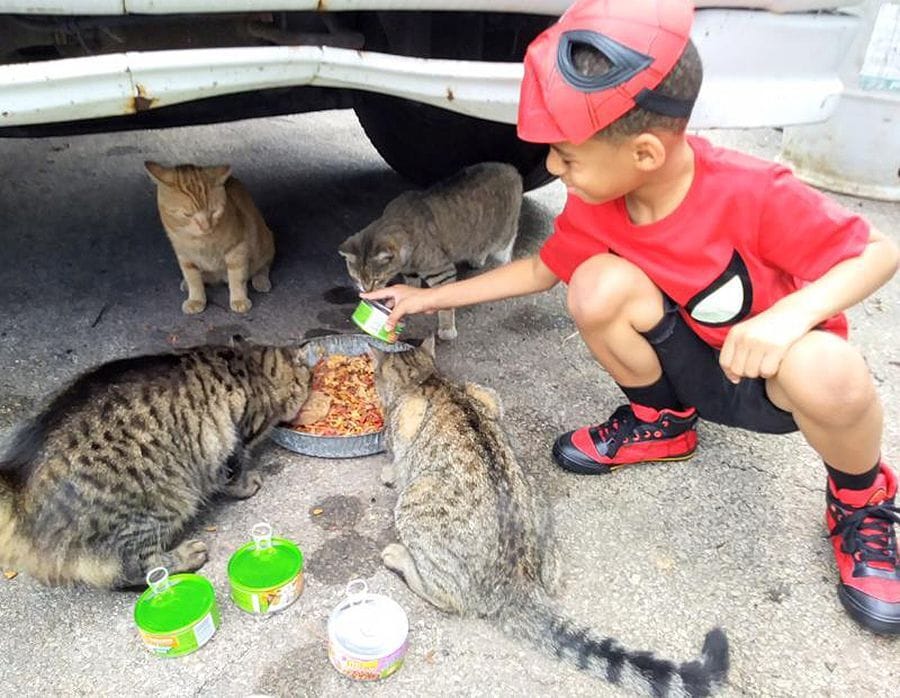- UGREEN
- Posts
- The sustainable interior design revolution is here (and you're invited)
The sustainable interior design revolution is here (and you're invited)
Your UGREEN News is here!
Sustainable Interiors Workshop
The sustainable interior design revolution is here (and you're invited)

Here's a number that should get your attention: 50% of the middle class is actively seeking sustainable solutions for their homes.
Yet most interior designers are still stuck using traditional methods—missing out on a massive market opportunity.
Here's what's happening: Professionals who've mastered sustainable interior design are creating bold, innovative environments with combinations that would be impossible (or financially unfeasible) using conventional approaches.
And they're capitalizing on a $4.2 billion premium interior design market that's projected to grow steadily through 2032.
That's why we're hosting our Sustainable Interiors Live Workshop on August 28th & 29th.
What you'll master:
Sustainable Materials selection and sourcing
Circular Design principles
Biophilic Design integration
Sustainable ROI strategies
Energy Efficiency optimization
Perfect balance of Aesthetics & Function
The workshop is 100% online, includes access to our global professional network, and comes with a participation certificate to boost your credentials.
94% of early bird tickets are already sold.
Ready to transform spaces into conscious and profitable environments?
Filipe Boni,
UGREEN
#greenhero
News
From Chemical-Heavy to Chemical-Free: A Global Paradigm Shift in Pool Design

Credit: BioArt
Imagine diving into crystal-clear water that feels silky smooth against your skin, surrounded by aquatic plants and the gentle sounds of nature—no chlorine smell, no eye irritation, no harsh chemicals. Welcome to the world of biological pools, the sustainable swimming solution that's transforming backyards worldwide.
What Exactly Are Biological Pools?
Unlike traditional pools that rely on chemical sterilization, biological pools mimic natural lake ecosystems. They use a sophisticated combination of aquatic plants, beneficial microorganisms, and natural filtration processes to maintain pristine water quality. The system typically consists of two interconnected zones: a swimming zone for recreation and a regeneration zone where plants and biofilms work as living filters.
This isn't just a trend—it's a global return to nature. Originally developed in Austria and Germany in the 1980s, biological pools now number over 20,000 across Europe, with projects expanding to North America, Asia, and emerging markets worldwide. The first public natural swimming pool in the US opened in Minneapolis in 2015, followed by installations across Canada and Mexico.
The Science Behind Crystal-Clear Water
The magic happens through phytoremediation—a natural process where aquatic plants and their root-zone microorganisms remove contaminants from water. Here's how the ecosystem works:
Oxygenating plants like Elodea release oxygen through photosynthesis, supporting beneficial bacteria
Marginal plants like cattails and iris create dense root networks that act as mechanical filters
Floating plants like water lilies provide shade, controlling temperature and limiting algae growth
Beneficial microorganisms in the biofilm break down organic matter and control harmful bacteria naturally
Why the World Is Embracing This Technology
Markets globally have seen explosive growth, especially post-pandemic, as homeowners worldwide seek healthier, more sustainable lifestyle choices. The numbers speak for themselves:
Health Benefits: Complete elimination of skin, eye, and respiratory irritation from chlorine
Environmental Impact: Zero chemical discharge, increased biodiversity, lower energy consumption
Economic Advantage: Higher upfront costs but dramatically lower operational costs—no more chemical purchases, reduced water usage, lower energy bills
While construction costs vary significantly by region and complexity level, biological pools typically require 20-30% higher upfront investment than conventional pools. However, the long-term savings are substantial.
Biological pools eliminate ongoing chemical costs and significantly reduce water and energy consumption. Plus, they can add considerable value to your property as a unique, sustainable feature that's increasingly sought after in premium real estate markets worldwide.
Navigating Regulations and Standards
While regulatory frameworks vary by country, the trend is toward greater acceptance of biological pool systems. European standards have paved the way, and other regions are adapting their guidelines to accommodate these natural systems.
Key consideration: Always consult local health and building authorities before starting your project, as regulations are evolving to catch up with this innovative technology.
Perhaps the most compelling aspect is the living ecosystem you create. These pools naturally attract beneficial wildlife—frogs, dragonflies, and birds—turning your backyard into a biodiverse sanctuary.
Far from being a problem, this biodiversity is nature's seal of approval that your ecosystem is healthy and balanced.
Biological pools aren't for everyone. They require a mindset shift from "chemical control" to "ecosystem management." But for those ready to embrace this philosophy, the rewards are extraordinary: swimming in living water that benefits both you and the planet.
The future is bright for biological pools globally. Innovations in compact filtration systems are making them viable for smaller urban spaces worldwide, while growing environmental consciousness is driving demand across residential, hospitality, and wellness sectors.
From luxury eco-resorts to urban rooftops, biological pools are redefining what it means to create sustainable aquatic spaces.
Ready to dive into the natural swimming revolution? The water's perfect—and completely chemical-free.
Want to learn more about sustainable design solutions? Our upcoming Sustainable Interiors Workshop on September 4-5 covers biophilic design principles that can transform any space into a health-conscious, environmentally friendly environment. Learn more about creating spaces that work in harmony with nature.
News
How a Philadelphia kindergartener's "superpower" is rewriting the rules of animal welfare and human empathy

Meet Shon Griffin, a five-year-old superhero from Philadelphia whose costume consists of a cape, a bag of cat treats, and an uncanny ability to befriend the most skittish street cats in the city. While other kids play video games, Shon spends weekends making rounds with his aunts, feeding feral cat colonies and somehow convincing even the most fearful strays to trust him.
His secret weapon? What he calls the "superpower scratch"—a gentle chin rub he gives each cat equally. The results border on magical: cats that spent years evading adult rescuers immediately approach this tiny human, purring and seeking affection.
But here's what makes this story more than just internet cuteness: Shon's work is accidentally demonstrating the most scientifically effective approach to urban animal management, while providing a masterclass in childhood empathy development.
The Science Behind the Magic
Shon's "superpower" isn't actually supernatural—it's superior interspecies communication. Feral cats are hardwired to detect threats, and adult humans trigger every alarm: large size, direct eye contact, sudden movements, and predatory body language. A five-year-old presents none of these threats.
His low stature, gentle movements, and focus on offering resources rather than capturing create an entirely different signal set. Where adults project unintentional menace, Shon radiates genuine calm. The cats read him correctly as safe, making his success rate with fearful animals remarkably high.
This validates decades of animal behavior research about non-threatening approaches to wildlife rehabilitation. Shon is intuitively practicing what professional animal behaviorists call "pressure and release" communication—applying minimal pressure and allowing animals to approach voluntarily.

While media coverage focuses on Shon's individual magic, the real story is his family's organization, Kolony Kats. His aunts Kris Papiernik and Kia Griffin have spent over a decade implementing trap-neuter-return (TNR) programs across Philadelphia's Feltonville neighborhood, managing over 70 cats across multiple colony sites.
TNR represents the gold standard of evidence-based animal welfare policy. Unlike "trap and kill" approaches that create a population vacuum quickly filled by new cats, TNR stabilizes populations immediately by stopping reproduction while improving animal health and reducing nuisance behaviors.
Studies from the University of Florida showed 66% population declines over 11 years through TNR programs. The approach costs less than traditional animal control, reduces shelter intake, and aligns with public values—over 80% of Americans prefer leaving street cats alive rather than killing them.
The Empathy Development Laboratory
Shon's story illuminates something profound about childhood development. Research consistently shows that caring for animals—especially vulnerable populations—serves as an empathy gymnasium for young minds.
Unlike family pets, street cats present complex scenarios: fear, illness, hunger, and survival challenges. Children engaged in this work learn to read non-verbal cues, consider another being's needs, and understand that care sometimes requires difficult, consistent work rather than just affection.
This differs qualitatively from pet ownership. When children care for vulnerable animal populations, they confront real-world problems, develop problem-solving skills, and learn that individual action can address systemic issues.
Shon represents a growing model of childhood activism focused on direct, local intervention rather than protest politics. Unlike Greta Thunberg's macro-level climate advocacy, microactivists like Shon observe problems in their immediate environment and respond with concrete action.
This pattern appears globally: Hannah Taylor founded the Ladybug Foundation at age eight after seeing a homeless person. Ryan Hreljac started raising money for African water wells at age six. These children share an empathetic impulse that translates into practical local action.
The power of this model lies in its accessibility. Any child can identify a local problem and begin addressing it immediately, without waiting for policy changes or institutional permission.
The Storytelling Double-Edge
Media framing of Shon as a "superhero" creates powerful viral appeal but risks oversimplifying the solution. By focusing on his "magical touch," coverage can obscure the evidence-based TNR strategy and consistent hard work by adult volunteers that make his interventions possible.
The superhero narrative makes the story shareable but potentially misleads audiences into thinking animal welfare requires exceptional individuals rather than ordinary people implementing proven methods consistently.
The question "what if every child grew up with this sense of care?" isn't hypothetical—it's actionable. The elements that created Shon's empathy are replicable: structured animal care opportunities, adult mentorship, exposure to vulnerability, and responsibility for outcomes.
Cities implementing this approach would see reduced animal control costs, improved child development outcomes, and stronger community bonds. The infrastructure already exists through local rescue organizations that need support, not replacement.
The real superpower isn't Shon's individual gift—it's the combination of evidence-based animal welfare policy with childhood empathy development. That's a formula any community can replicate.
The five-year-old in a cape is teaching us that the most effective social change starts with simple, consistent acts of care, supported by science and amplified by community. Sometimes saving the world really is that straightforward.
Have a great week,
Filipe Boni
UGREEN





Reply